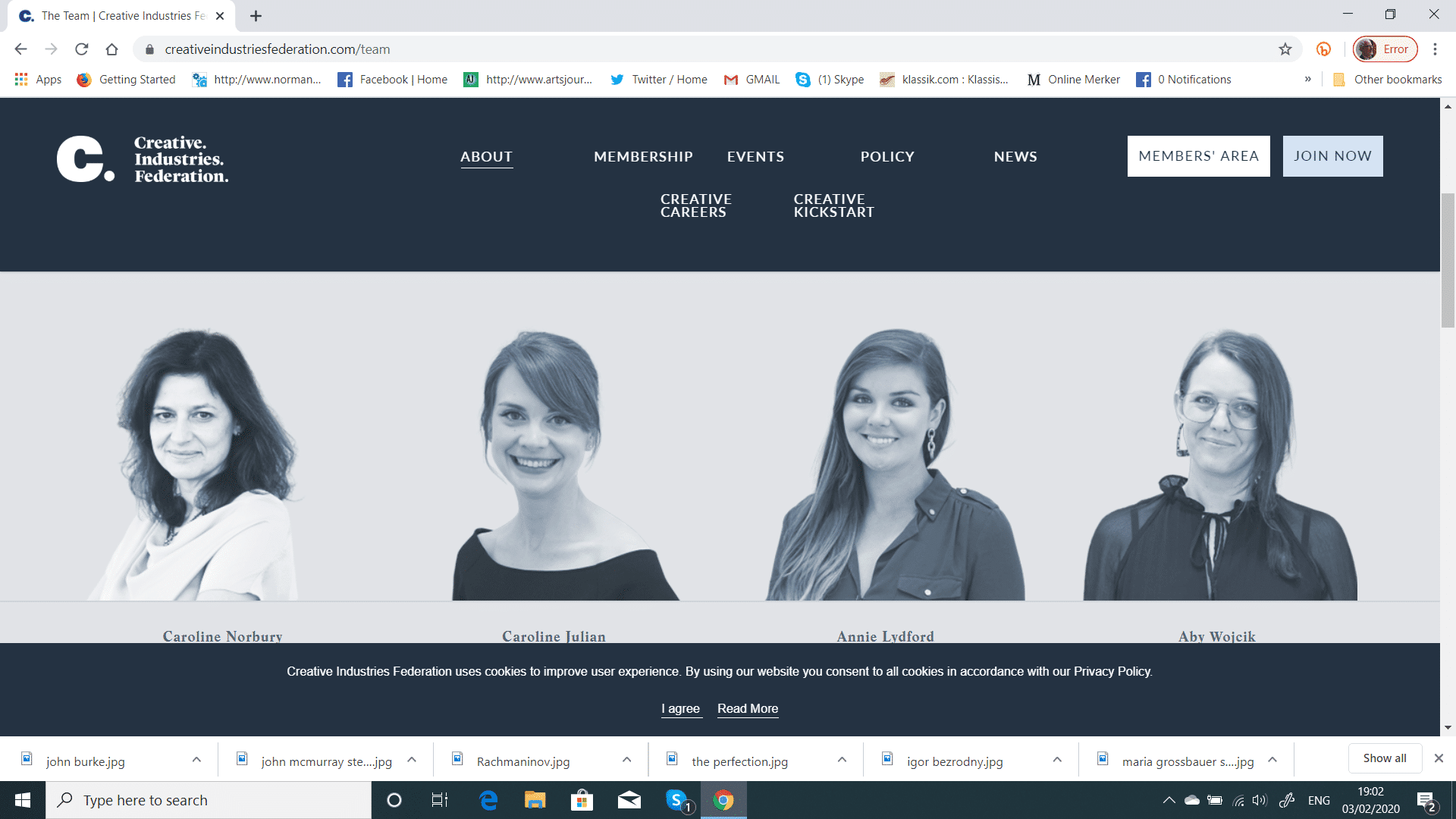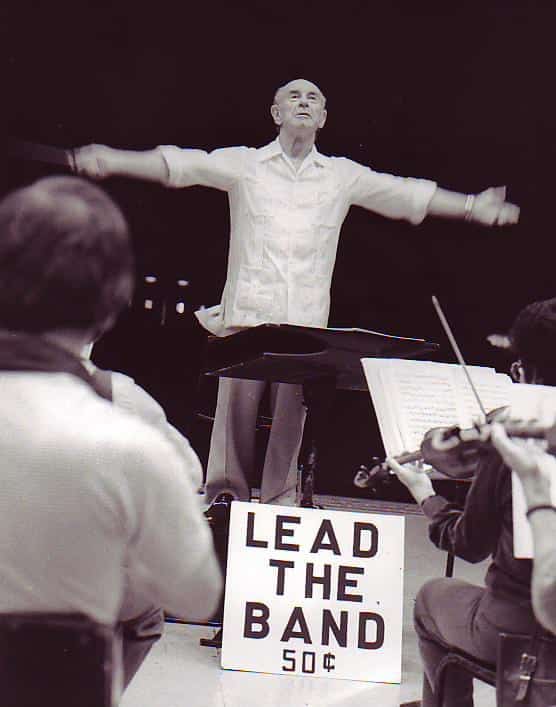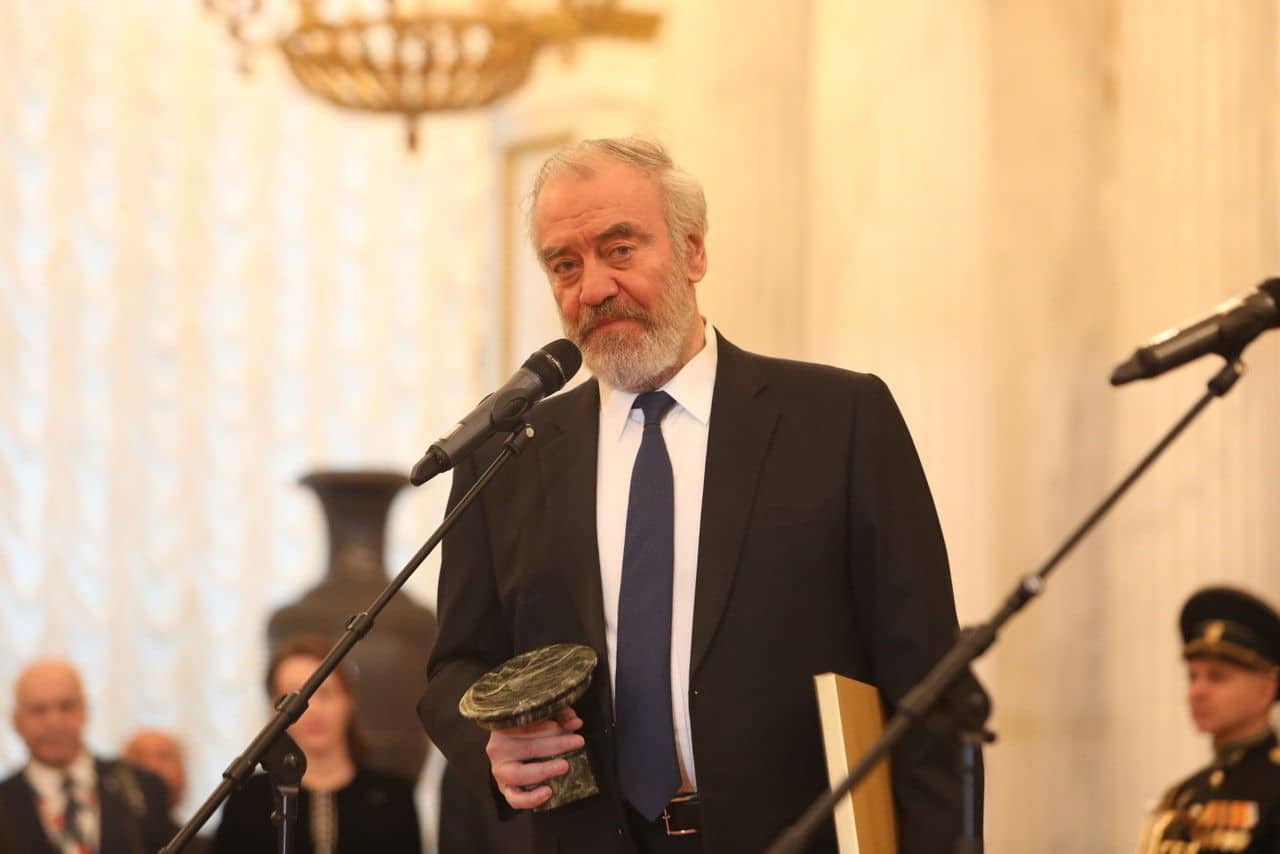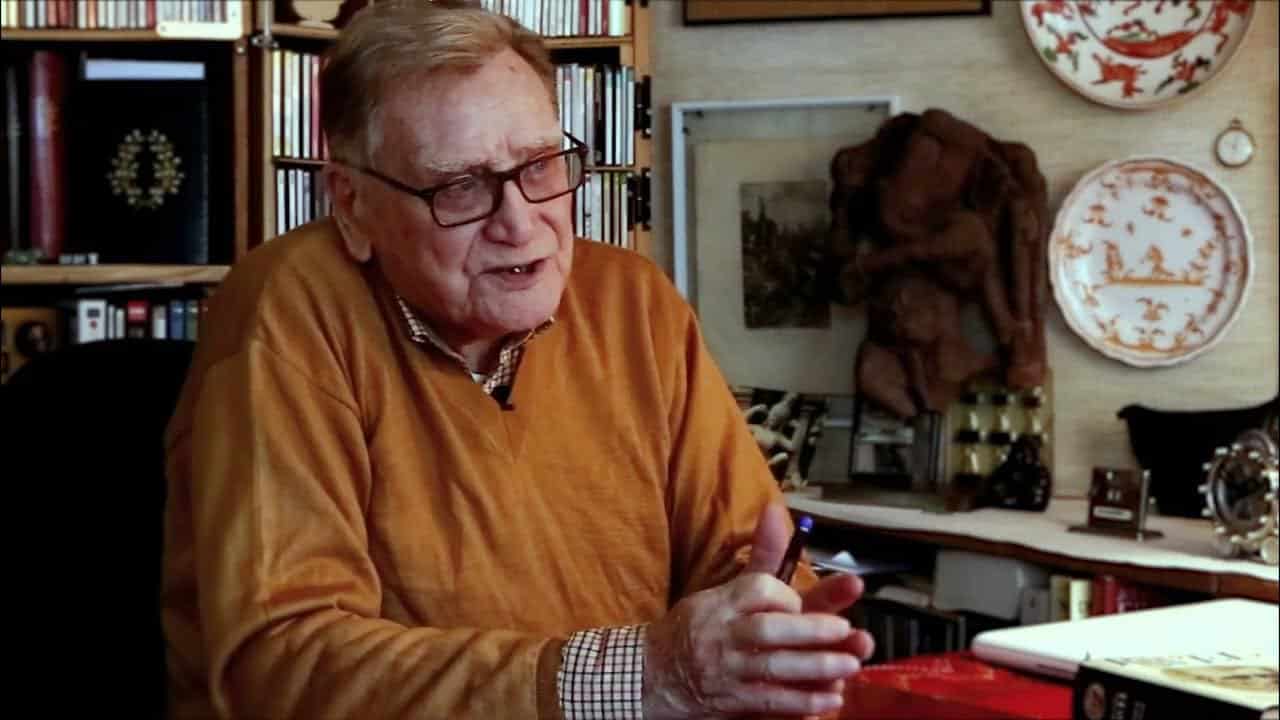Women outnumber men 14:1 at the Creative Industries Federation
mainThe CIF is ‘the membership body that represents, champions and supports the UK’s creative industries.’ That sounds good.
‘Through our unique network of member organisations, our influential policy and advocacy work and our UK-wide events programme we bring together the many sectors that comprise our world-leading creative industries.’
That sounds good, too. But why is it a no-go area for male executives.
Here’s the team sheet:
Chief Executive – FEMALE
Director of Policy and Programmes – FEMALE
Director of Communications and Marketing – FEMALE
Community Membership Manager – FEMALE
Communications and Content Manager – FEMALE
Policy Insights Manager – FEMALE
Strategic Partnerships Manager – FEMALE
Head of Events – FEMALE
Creative Careers Manager – FEMALE
Deputy Head of Education & Skills – FEMALE
Membership Officer – FEMALE
Office Manager – FEMALE
Events Manager – FEMALE
Head of Creative Careers – FEMALE
Policy and Public Affairs Manager – MALE
That’s 1 male out of 15.
Looks pretty equal to us.
Number 3 on the team is former head of media at English National Opera.







I assume that your final remark was sarcastic – or are you one of those who believes that, where women dominate, it’s men’s problem, but, where men dominate, it’s society’s problem.
Well it’s about time the tables were turned, don’t you think so, Norman?
Or was the title of this blogpost not meant to be satirical?
Now, I’M confused.
A few years ago when 21 out of 22 finalists in the Yehudi Menuhin competition were women, Tasmin Little trilled that ‘isn’t it wonderful how women are succeeding’, and that wasn’t meant sarcastically or ironically.
And the one male out of 15 people is certifiably not of the “dominant” culture: Hari Prabu (https://www.creativeindustriesfederation.com/team). I guess there’s one Identity Group left that it’s OK to discriminate against in the name of fostering “equality” and “diversity”!
What does this organisation actually do, other than spout pompous mission statements?
Interestingly, although the workers are almost all female, the Board is still dominated by white, middle-aged men (13 men to 6 women)
Statistically speaking, it is almost inevitable that there will be *some* small organisations/boards/groups with a lopsided gender balance at *each* extreme. Such lopsidedness becomes remarkable only in the context of *either* a large organisation *or* a lot of small organisations manifesting near-identical lopsidedness.
Does it really matter? As I suggested what is the point of many of these organisations regardless of the personnel?
I hate to disappoint you Norman, but here (unapolagetically and in good humour) is our Three Choirs line up:
Chief Executive = Female
Finance Manager (PT) = Male
Artistic Planning Manager (PT) = Female
Participation Manager = Female
Production Coordinator = Female
Development Manager = Female
Sales and Cutomer Services Manager = Male
Box Office Supervisor (PT) = Female
Trusts and Foundations Fundraiser (PT) = Female
Marketing Manager = Female
Marketing Trainee = Female
So that’s 1.5 out of 9FTE. And the chairman of our board is male, but our vice chair and treasurer female. Shock and horror!
Still, if you take the 305-year organisational long-view, where women were restricted to the ‘Ladies Committee’ from 1715 till comfortably into this century, I think we can all agree that things might *just* even out in the end… 😉
Ask who applied for these positions – These kind of low-paid non-profit charity and advocacy group jobs are ALWAYS dumped on women – men expect more pay.
Now THATS what I call diversity and equality